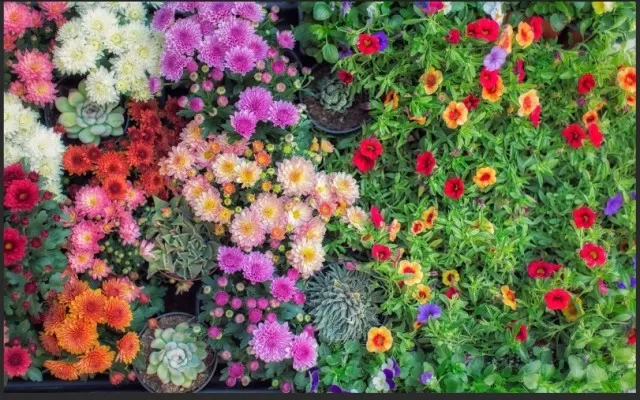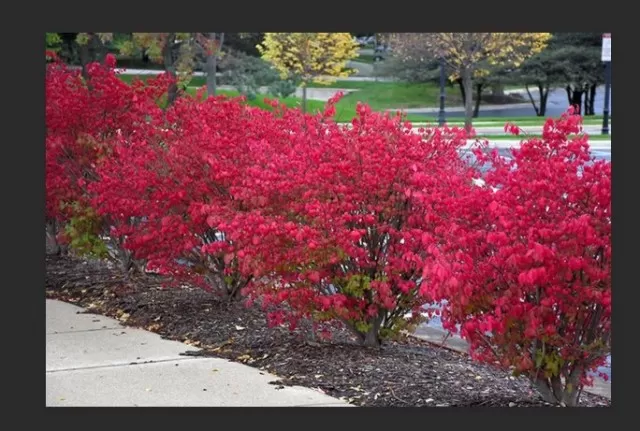Fall Gardening: From Preparation to Planting.As the vibrant days of summer gradually give way to the crisp embrace of autumn, it’s time to make room for the new season’s plants by bidding farewell to the remnants of summer’s bounty. Here’s A Guide on how to gracefully transition your gardenClearing space for fall plants by saying goodbye to summer’s bounty not only ensures a smooth transition but also allows you to savor the beauty and productivity of each season in your garden. As you nurture and evolve your outdoor space, you’ll find that the cycle of growth and change becomes an integral part of your gardening journey.
Optimal Timing for Cultivating a Fall Garden

The art of cultivating a successful fall garden hinges on impeccable timing.
As advised by Bill Freimuth of Centurion Brands, your preparations should kick off in late summer or the early days of September, ensuring that your garden is primed for the impending chill of the autumn months. Once your garden is in its prime state, you can embark on the exciting process of planting as soon as the temperatures begin to descend in early fall.
Linda Vater, the esteemed garden lifestyle influencer and plant expert for the Southern Living Plant Collection, underscores the importance of this window for planting.
Planting during this period grants your garden the vital opportunity to establish a robust and nourishing root system before the initial frost blankets the earth, setting the stage for a flourishing fall garden.
Getting Your Garden Ready for the Fall Planting Season: Essential Steps to Follow
Preparing your garden for the upcoming fall planting season involves several crucial steps that will ensure your garden thrives in the autumn months.
Maintaining a Healthy Fall Garden: Top Tips for Success

To ensure the health and vitality of your fall garden throughout the season, follow these essential care guidelines:.
Sun Exposure: The amount of sunlight your plants require depends on your specific choices, but as a general rule, aim for an area that receives approximately four to six hours of full sun. This balance of light is typically ideal for most fall plants.
Soil Quality: Most plants thrive in well-draining, nutrient-rich soil. If you’re uncertain about your soil’s quality, Seek Guidance from experts, such as university or county extensions, who can provide insights based on soil samples or maps.
They can also offer recommendations for soil amendments, as suggested by Joe Raboine, vice president of design at Oldcastle APG/Belgard.
Watering: Fall is favorable for planting due to the natural increase in rain showers provided by Mother Nature, as noted by Christakes. However, for direct-sown seeds and seedlings, it’s essential to maintain moisture until they become established.
Ensure consistent watering, deepening the soil moisture with a thorough soak once a week if rain is scarce.
Fertilization: Enhance the fertility of your fall garden by adding a nitrogen-rich fertilizer that also contains modest amounts of phosphorus and potassium. Nitrogen plays a critical role in promoting various aspects of plant growth and is essential for overall plant health.
Christakes advises administering fertilizer in late October or early November to support robust growth and food production for your plants.
By following these care tips, you can nurture a thriving fall garden that yields bountiful and healthy crops throughout the season.
Exploring the Best Plant Options for a Flourishing Fall Garden
When it comes to selecting the perfect plants for your fall garden, there are several excellent options to consider.
Here are some viable choices that can thrive during the autumn season:.
Leafy Greens: Varieties like spinach, kale, Swiss Chard, and lettuce thrive in the cooler temperatures of fall.
They are not only hardy but also rich in essential nutrients.
Root Vegetables: Fall is the ideal time to plant root vegetables such as carrots, beets, radishes, and turnips.
These crops benefit from the cooler weather, which enhances their flavor and texture.
Brassicas: Broccoli, cauliflower, and cabbage are part of the Brassica family and are well-suited for fall planting.
They require full sun and well-drained soil to flourish.
Herbs: Herbs like cilantro, parsley, chives, and dill can be planted in the fall.
Their fresh flavors can enhance your fall recipes and continue to thrive until the first frost.
Flowering Bulbs: Spring-blooming bulbs like tulips, daffodils, and crocuses can be planted in the fall for vibrant and cheerful displays once spring arrives.
Garlic: Fall is the perfect time to plant garlic cloves.
They establish strong root systems during the winter, leading to a bountiful harvest in the spring or early summer.
Perennials: Consider adding perennial plants like asters, mums, and sedum to your fall garden.
They provide bursts of color and beauty during the autumn months and return year after year.
Cool-Season Annuals: Flowers like pansies, violas, and ornamental cabbage or kale add color and visual interest to your fall garden.
They thrive in cooler temperatures and are ideal for containers or flower beds.
Peas: Certain varieties of peas, such as sugar snap and snow peas, can be sown in late summer or early fall for a late-season harvest.
Landscape Shrubs and Trees: Fall is an excellent time to plant landscape shrubs and trees, as they can establish strong root systems during the cooler months.
By choosing from this diverse selection of plants, you can create a vibrant and productive fall garden that adds beauty and flavor to your outdoor space.
Essential Guidelines for Planting Your Fall Garden

Successfully planting your fall plants begins with thoughtful planning and attention to detail.
Here are the key steps to follow:.
Timely Planting: Ensure you plant your fall selections a minimum of six weeks before the anticipated first frost date. This time frame allows the plants to establish robust root systems before winter sets in.
Preparing the Hole: Dig a hole tailored to the depth specified on the care tag accompanying your plants. As Linda Vater suggests, “For bulbs, a good general rule of thumb is three times the height of the bulb.
Plant Placement: Carefully place your plants into their new homes, ensuring they are positioned according to the guidelines for optimal growth and health.
Watering: Immediately water your newly planted items, soaking the soil adequately to provide the necessary hydration for the plants to settle into their new environment.
Mulching: Apply a layer of organic mulch around the plants to conserve soil moisture and safeguard the plants from the effects of winter freeze-thaw cycles. An effective mulch blend can consist of soil, compost, and pine straw.
By following these steps, you can create a fall garden that is well-prepared to thrive during the autumn months and Beyond.
*The information is for reference only.